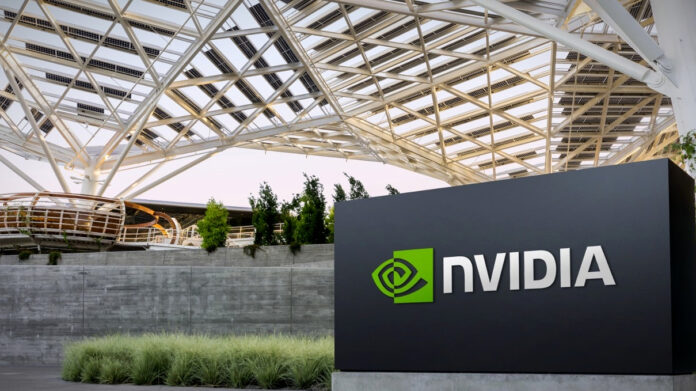In sum – what you need to know:
US-made AI infrastructure – Nvidia has commissioned one million square feet of new production space at factories belonging to Taiwanese trio TSMC, Foxconn, and Wistron in Arizona and Texas.
Major AI-economy drive – $500 billion of AI componentry and hundreds of thousands of jobs to be created over the next four years, plus trillions of dollars in ‘economic security’ over decades – claims Nvidia.
Industry 4.0 comes to a head – the move, a response to US geopolitical upheaval, is in line with the Industry 4.0 sub-plot about repatriating production, and making it smart to offset higher labour costs.
In response to current US geopolitical upheaval, Nvidia has commissioned manufacturing firms in the US to set aside over a million square feet of production space to build AI chips and supercomputers in Arizona and Texas. Taiwanese contract manufacturer TMSC has already started making the company’s Blackwell chips at a plant in Phoenix, Arizona. Foxconn and Wistron, also from Taiwan, will build its supercomputer products in the US, in Houston and Dallas, for the first time, with mass production slated to “ramp up” in 12-15 months, it said.
Product testing will happen at the sites, too. The Arizona plant, owned by TMSC, is a new facility. Nvidia is partnering with Amkor and SPIL for packaging and testing operations. “NVIDIA opens first US factories”, runs the sub-header in the press announcement. Its US manufacturing debut is related to the work with Foxconn and Wistron, it seems – to produce supercomputers, to underpin AI data centres. “Nvidia is working with its manufacturing partners to design and build factories that, for the first time, will produce Nvidia AI supercomputers entirely in the US,” it stated.
It claimed it will produce “up to half a trillion dollars of AI infrastructure” in the US within four years, through its expanded partnerships with TSMC, Foxconn, Wistron, Amkor, and SPIL. Its US production capacity, newly built or newly annexed, will be ‘smart’, clearly. They will make use of “its” (Nvidia’s) own AI, robotics and digital twin technologies to design and operate the facilities, it said. Throw in a private 5G network here and there, entirely likely, and you have the crux of RCR’s post-telco coverage about AI, IoT, and critical wireless in the future global economy.
Nvidia’s AI manufacturing portfolio leads with its Omniverse and Isaac GR00T developer platforms for creating digital twins of factories and foundation models and data pipelines for manufacturing robots. Nvidia stated: “The AI chip and supercomputer supply chain is complex and demands the most advanced manufacturing, packaging, assembly and test technologies.” The agreements with TSMC, Foxconn, Wistron, Amkor, and SPIL will help to expand these companies’ global footprints and harden supply chain resilience, it said.
It stated: “Nvidia AI supercomputers are the engines of a new type of data centre created for the sole purpose of processing artificial intelligence – AI factories that are the infrastructure powering a new AI industry. Tens of ‘gigawatt AI factories’ are expected to be built in the coming years. Manufacturing Nvidia AI chips and supercomputers for American AI factories is expected to create hundreds of thousands of jobs and drive trillions of dollars in economic security over the coming decades.”
Jensen Huang, founder and chief executive at NVIDIA, said: “The engines of the world’s AI infrastructure are being built in the US for the first time. Adding American manufacturing helps us better meet the incredible and growing demand for AI chips and supercomputers, strengthens our supply chain and boosts our resiliency.”

